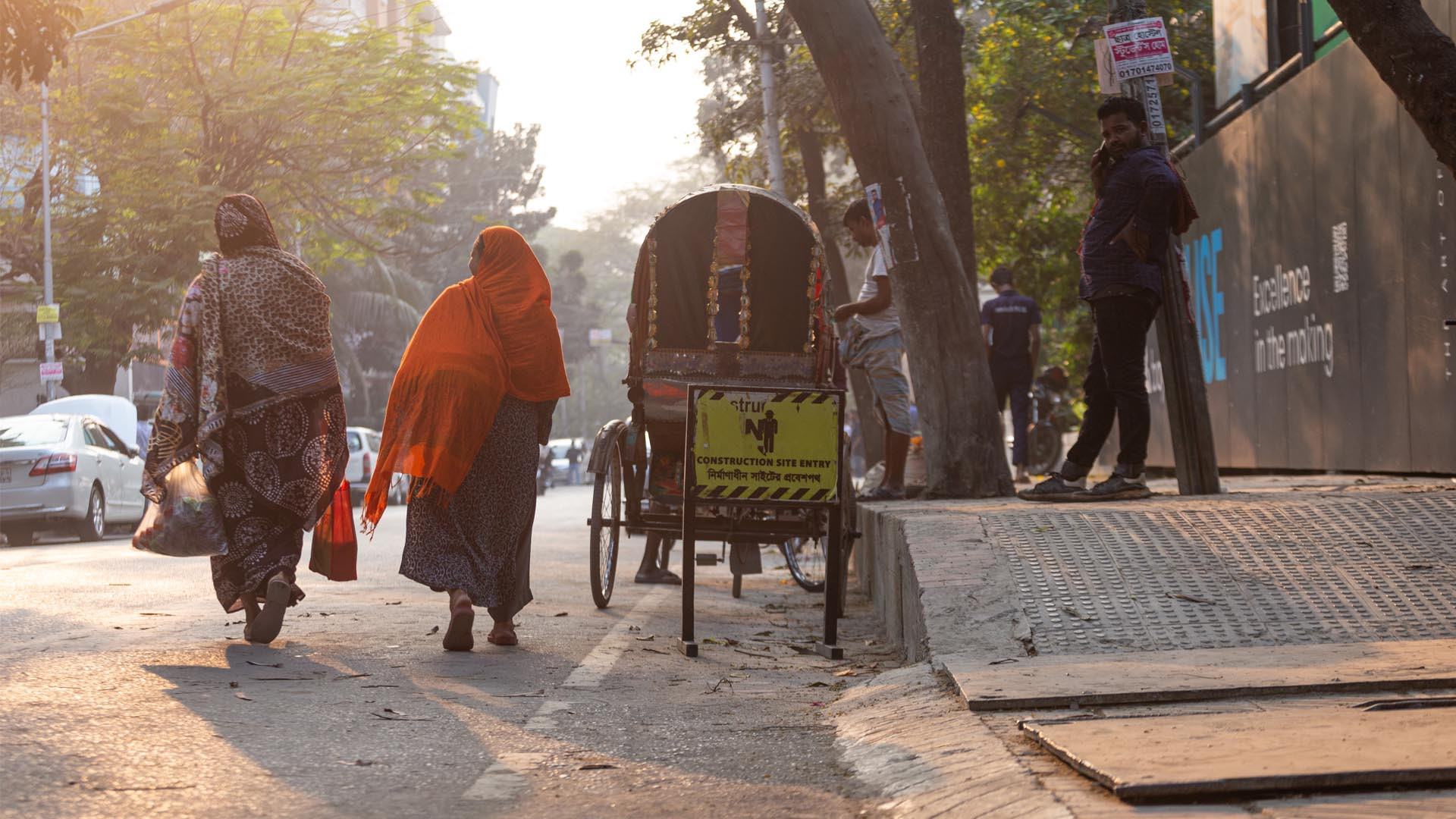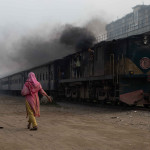Footpath Improvement
Footpath Improvement in Bangladesh
Urban walkability in Bangladesh, particularly in dense metropolitan areas like Dhaka, remains one of the most under-prioritized dimensions of city planning. The thesis “Reclaiming Urban Walkways” recognizes the critical role of pedestrian infrastructure in fostering urban resilience, equity, and inclusivity. It challenges the dominant car-centric urban development paradigm and seeks to restore sidewalks (footpaths) as democratic, multifunctional, and accessible public spaces.
Bangladesh’s footpaths suffer from chronic issues—encroachment, poor design, lack of maintenance, policy fragmentation, and exclusion of vulnerable users. This research adopts a multidimensional framework to address these intertwined problems through physical, social, and governance lenses.
Key Features of the Multidimensional Framework
1. Physical Upgradation
- Improved Pavement Quality: Ensures smooth, hazard-free walking surfaces using durable materials.
- Continuity & Width Standards: Expands narrow footpaths and maintains uninterrupted connectivity.
- Drainage & Lighting: Prevents waterlogging and enhances night-time safety.
- Tree Cover & Urban Greening: Promotes thermal comfort and air quality along walkways.
2. Inclusive Infrastructure
- Universal Design Principles: Incorporates ramps, tactile paving, auditory cues, and handrails.
- Gender-Sensitive Amenities: Seating, safety measures, lighting, and public toilets address the needs of women, elderly, and caregivers.
- Access for Differently-Abled Users: Recognizes their right to navigate cities independently and with dignity.
3. Governance and Policy Reform
- Inter-Agency Coordination: Aligns efforts between RAJUK, DNCC/DSCC, LGED, DTCA, and city corporations.
- Sidewalk Management Policies: Develops comprehensive bylaws and standards for usage and maintenance.
- Hawker & Vendor Integration: Legalizes vending zones with time-sharing models and permits to balance economic and pedestrian rights.
Critical Insights from the Study
- Footpaths Are Economic Zones: Rather than treating hawkers as encroachers, the thesis frames footpaths as hubs of urban informality and livelihood, advocating for coexistence through design and policy.
- Footpaths Reflect Social Equity: Safe walkways are a public good disproportionately important for women, children, elderly, and low-income commuters who rely heavily on walking.
- Governance Is the Missing Link: Even well-designed footpaths fail without institutional clarity, monitoring systems, and enforcement protocols.
Urban Implications
This thesis goes beyond physical infrastructure to argue for a reimagination of public space that is inclusive, participatory, and responsive to both mobility and livelihood needs. It shows that footpath improvement is not merely a matter of engineering—but of justice, rights, and city-making.
Why This Framework Matters
ProblemFramework SolutionNarrow, broken footpathsStandardized width, resurfacing, drainageVendor conflictsRegulated, inclusive vending policiesAccessibility exclusionUniversal Design, inclusive infrastructureGovernance gapsInter-agency reforms and sidewalk bylawsLack of community inputParticipatory design and user-centered feedback
Conclusion
Reclaiming urban walkways is about reclaiming the right to the city. This thesis presents a pioneering, context-sensitive roadmap that centers pedestrians in urban transformation. By weaving physical, social, and institutional threads, the framework offers a scalable, people-first model for Bangladeshi cities—and potentially, for other South Asian urban centers facing similar challenges.


